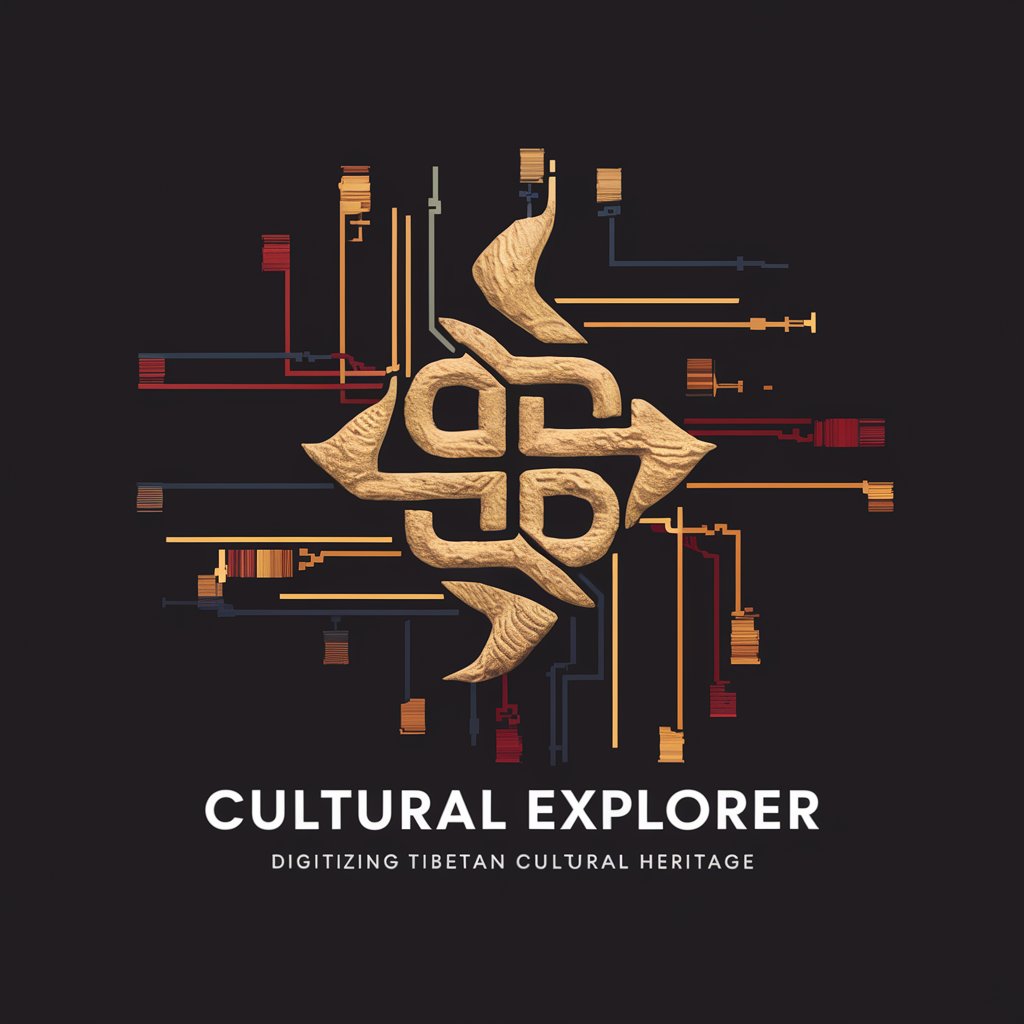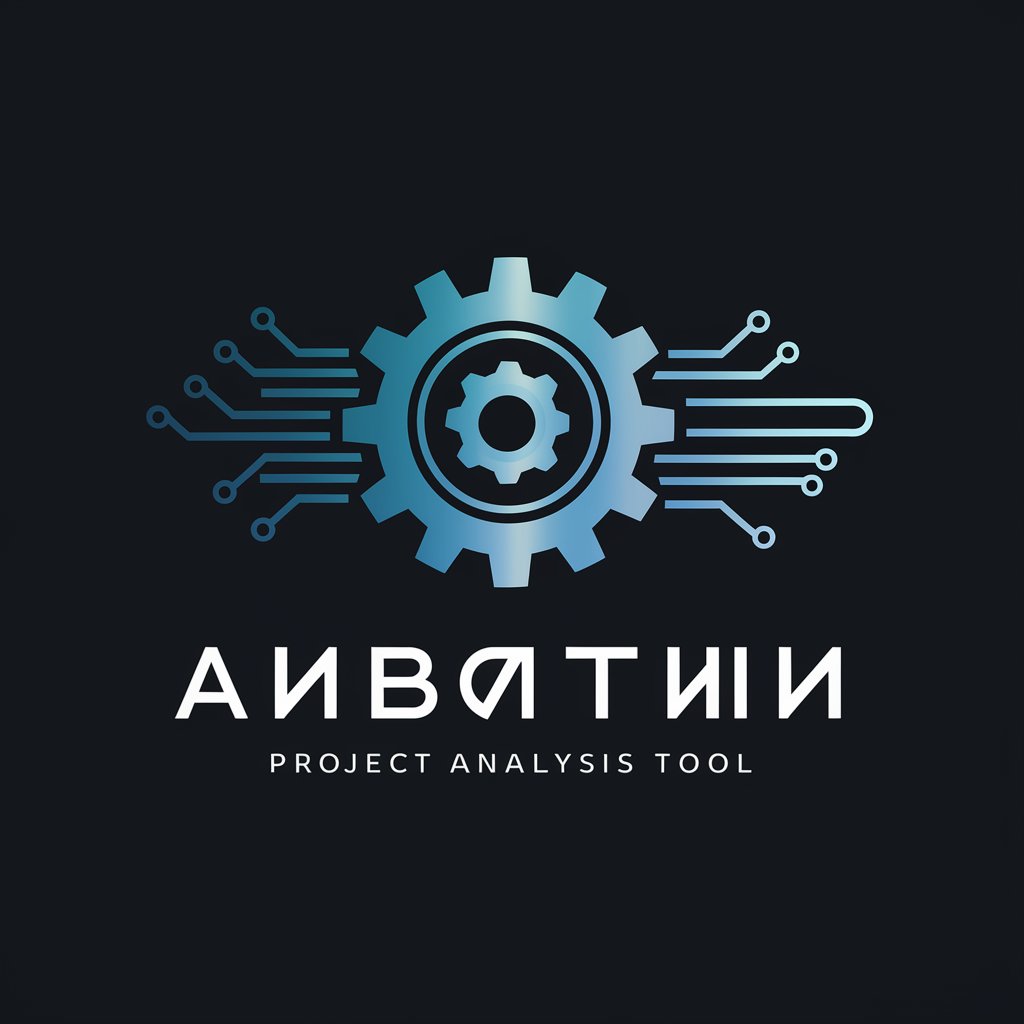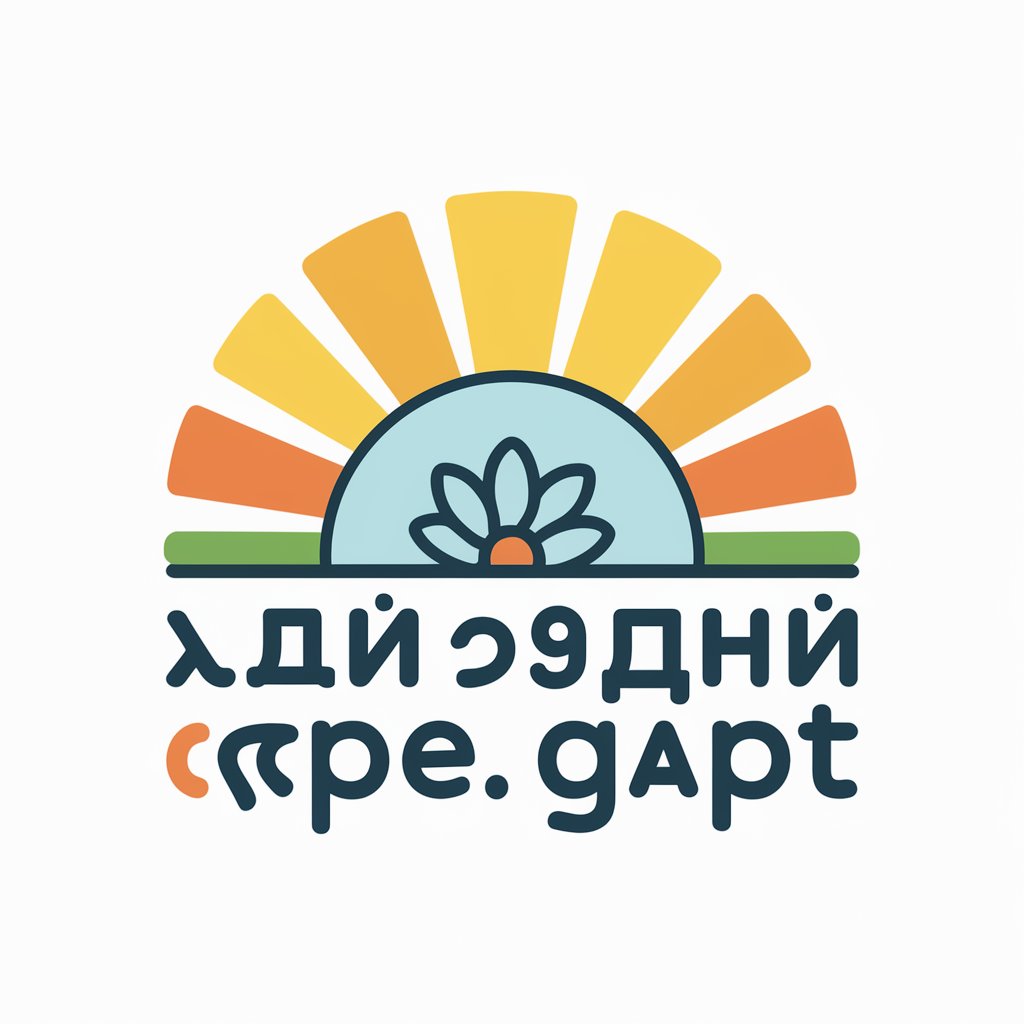项目专项研究 - Cultural Heritage Digitization Aid

欢迎来到文化探索者项目,让我们一起探索和保护藏族文化遗产。
Empowering Heritage Preservation with AI
Discuss the best technologies for high-resolution scanning of ancient Tibetan artifacts.
What are the key strategies for recording intangible cultural heritage using modern audiovisual tools?
How can we ensure community participation in the Tibetan cultural heritage digitization project?
Explore sustainable business models for a cultural heritage preservation project.
Get Embed Code
Introduction to 项目专项研究 (Cultural Explorer)
项目专项研究, also known as Cultural Explorer, is designed to serve as an advanced guidance system for the digitization of Tibetan cultural heritage. This initiative focuses on preserving, recording, and sharing both tangible and intangible cultural assets through the use of cutting-edge technology. By employing high-resolution scanning, 3D modeling, audio-video recording, and motion capture technologies, Cultural Explorer aims to create a digital archive that is both accessible and educational. An essential part of this project involves interactive platforms and social media strategies to engage a broader audience, ensuring sustainable revenue generation while fostering community empowerment and participation. Examples include digitizing ancient Tibetan manuscripts using high-resolution scanners and capturing traditional dance forms through motion capture technology, making these cultural treasures accessible to the global community while preserving their authenticity. Powered by ChatGPT-4o。

Main Functions of Cultural Explorer
High-resolution scanning and 3D modeling
Example
Digitizing Tibetan thangka paintings and statues for virtual exhibitions.
Scenario
Art museums and cultural institutions use these digital assets to create virtual tours, allowing global access to Tibetan art.
Recording intangible heritage
Example
Using audio-video and motion capture technologies to document traditional Tibetan music, dances, and oral histories.
Scenario
Educational platforms incorporate these recordings into their curriculums, offering immersive learning experiences about Tibetan culture.
Data storage and management
Example
Implementing secure and scalable digital archives for the preservation of digitized cultural assets.
Scenario
Universities and research institutions utilize the archives for academic studies, ensuring the longevity and accessibility of cultural data.
Social media strategies and virtual human integration
Example
Developing interactive content and virtual human guides for social media platforms to engage with younger audiences.
Scenario
Social media campaigns featuring virtual human guides explaining Tibetan culture, attracting interest and fostering cultural appreciation among global youth.
Community empowerment and participation
Example
Collaborating with local cultural inheritors to digitize and share their heritage, ensuring cultural sensitivity and accuracy.
Scenario
Local communities are involved in the digitization process, providing insights and narratives, thus playing a crucial role in preserving their cultural identity.
Ideal Users of Cultural Explorer Services
Cultural Institutions and Museums
These entities benefit from Cultural Explorer's technology to digitize and showcase their collections, enhancing accessibility and educational value.
Educational Institutions
Schools, universities, and research centers can use the digital archives for teaching and academic research, providing students and scholars with valuable resources on Tibetan culture.
Local Tibetan Communities
They play a vital role in the preservation of their culture through participation in the digitization process, ensuring the authenticity and accuracy of the digital representations.
General Public with an Interest in Tibetan Culture
Individuals seeking to learn about and appreciate Tibetan culture can access digital exhibitions, virtual tours, and educational content provided by Cultural Explorer.

How to Use 项目专项研究
Step 1
Visit yeschat.ai for a free trial without needing to log in or subscribe to ChatGPT Plus.
Step 2
Select the 项目专项研究 feature from the available options to start exploring the various functionalities tailored to cultural heritage digitization projects.
Step 3
Specify your project requirements or questions directly into the chat interface. Be clear and detailed to ensure accurate and helpful responses.
Step 4
Utilize the provided information to plan and implement your cultural heritage digitization project, incorporating technologies for scanning, 3D modeling, and intangible heritage recording.
Step 5
For optimal results, regularly consult 项目专项研究 for updates on technological advancements, project management strategies, and community engagement techniques.
Try other advanced and practical GPTs
智能项目分析师
Empowering projects with AI-driven insights

抗老营养师
Empower Your Age-Defying Journey with AI

营养视界
Decipher Your Diet with AI

营养小助手
Empowering children's nutrition with AI

市场营销
Optimize your real estate marketing with AI-powered insights

Iris运营
Empowering operations with AI-driven insights.

后悔药 - Regret Medicine
Redefine your past choices, powered by AI

前向き GPT
Transforming Thoughts, Fostering Positivity

小何老師的文字冒險遊戲(Edutainment, Text adventure)
AI-powered Customizable Adventures

专家系统
Empowering Decisions with AI Expertise

ERP 系统教学
Empowering ERP Learning with AI

表格统计助手
Unveil insights with AI-driven analysis

FAQs about 项目专项研究
What is 项目专项研究 designed for?
项目专项研究 is designed to assist in the planning and execution of cultural heritage digitization projects, offering guidance on technology selection, project management, and community engagement.
Can 项目专项研究 recommend technologies for digitizing tangible heritage?
Yes, it can recommend appropriate technologies for high-resolution scanning and 3D modeling, tailored to the specific needs of your tangible heritage items.
How does 项目专项研究 help with recording intangible heritage?
It advises on using audio-video and motion capture technologies to accurately record and preserve intangible cultural heritages, such as performances and traditional crafts.
Can 项目专项研究 suggest strategies for engaging the community?
Absolutely, it provides strategies for community engagement and participation, ensuring cultural sensitivity and inclusivity in the digitization process.
How can 项目专项研究 aid in developing sustainable business models?
项目专项研究 offers insights on creating sustainable revenue streams, such as through virtual exhibitions, educational programs, and partnerships, ensuring the long-term viability of cultural heritage projects.
